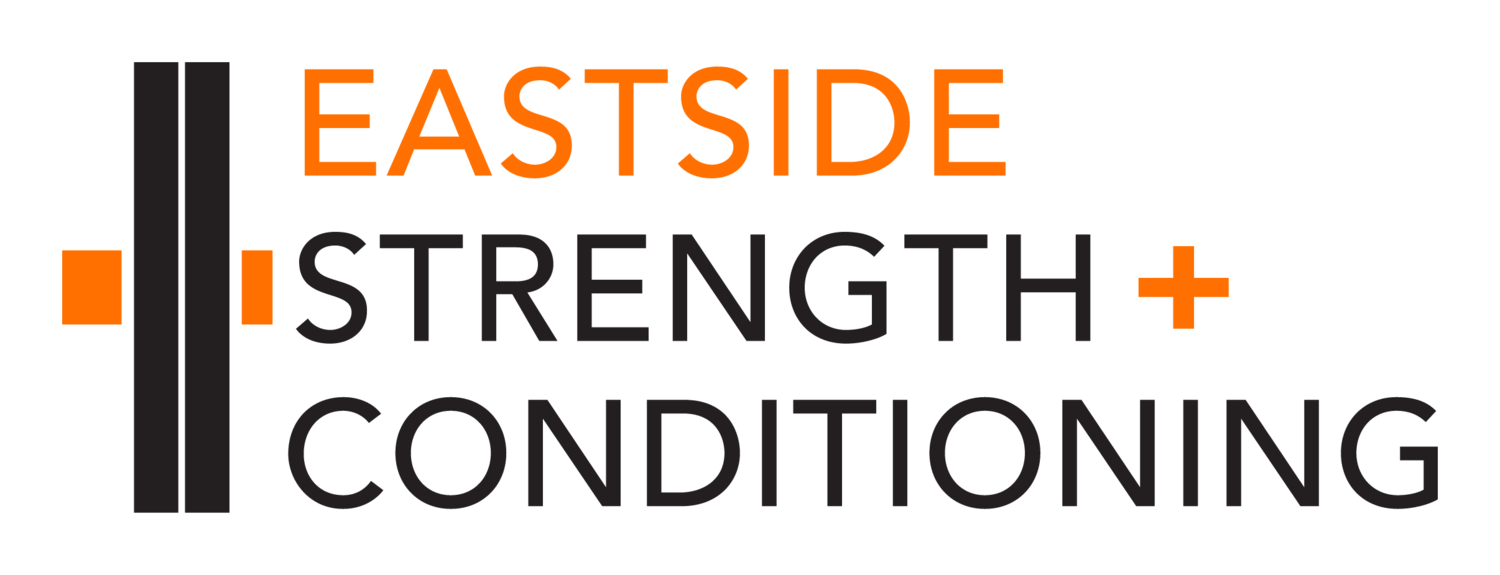 Notwithstanding the fact that the last day of winter, this past Sunday, was actually a beautiful sunny day in Seattle, eleven of us headed up into the dim, stuffy, narrow stairway of Washington State’s tallest skyscraper. Not just because it was there, but to raise money for a good cause—the Leukemia and Lymphoma Society (for which the team has raised over $1800 as of this writing [online donations accepted through April 7]).
Notwithstanding the fact that the last day of winter, this past Sunday, was actually a beautiful sunny day in Seattle, eleven of us headed up into the dim, stuffy, narrow stairway of Washington State’s tallest skyscraper. Not just because it was there, but to raise money for a good cause—the Leukemia and Lymphoma Society (for which the team has raised over $1800 as of this writing [online donations accepted through April 7]).
Everyone on the team was a first-timer at this annual event, so we didn’t really know what to expect. We had heard that the fastest folks make it up the 69 flights of stairs in under 8 minutes and that mere mortals generally take more like 20 to 30 minutes. A firefighter friend, who does the climb every year in 70+ pounds of full firefighter gear, gave three pieces of advice: 1) don’t go out too fast, and 2) take advantage of the hand rails, and 3) try to take more than one step at a time.
 Everyone did great and made it to the top relatively unscathed (though the Big Climb Cough was heard frequently for the following few hours). We didn’t do any specific training in preparation, just our usual CrossFitting. Most of us found that the climbing produced little to no leg burn; getting enough oxygen into the system in that environment was somewhat more challenging. All in all, it was certainly no more intense or difficult than “Helen” or any of our other named workout, just more one-dimensional—i.e., less functional and less varied.
Everyone did great and made it to the top relatively unscathed (though the Big Climb Cough was heard frequently for the following few hours). We didn’t do any specific training in preparation, just our usual CrossFitting. Most of us found that the climbing produced little to no leg burn; getting enough oxygen into the system in that environment was somewhat more challenging. All in all, it was certainly no more intense or difficult than “Helen” or any of our other named workout, just more one-dimensional—i.e., less functional and less varied.
As a team, we placed 11th (out of 85), based on the combined times of each team's top three finishers.
 Team CFES 2006 individual results
Team CFES 2006 individual results
(out of 1383 total racers / 542 women):
Darren Darsey.................10:32, 62nd
Michael Street................10:56, 103rd
Ian Jackson.....................11:15, 136th
Bill Browning...................12:09, 240th
Jenika Gordon.................12:11, 246th / 28th
Irena Netik......................12:13, 250th / 30th
Kim Mabee......................12:33, 311th / 37th
Carrie Klumpar.................14:09, 602nd / 129th
James Duggins..................14:57, 727th
Vinay Venkatachalapathy...16:14, 882nd
Odiscious Dozier...............24:35, 1299th
Strong work! We’re already looking forward to next year and and doing it again with the benefits of experience and another year of CrossFit training under our belts.
A big sweaty thank you to all the climbers who stepped up to the challenge; to James Duggins for being chief organizer and Team Captain Extraordinaire; to our friends Carmen, Heather, Nate, Adrienne, and little Luka who came out to provide moral and photographic support; and to everyone out there who donated money to support the team and the cause. We truly appreciate your efforts. It is all of you who make this such a great community, one that transcends the conventional understanding of "fitness."

















